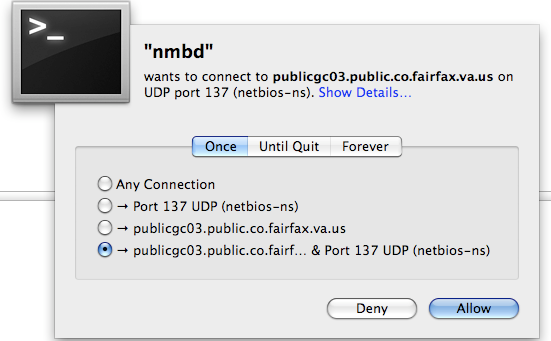Where is the front sight on a cue ball?
In another thread we were discussing pistol shooting as related to pool playing with regard to the idea of sighting and aiming. It occurred to me that a major, perhaps neglected, part of aiming is the
front sight on a cue ball. It seems to me that this sight should be on the
front of the cue ball and this complicates the aiming process but may lead to a more reliable aiming method.
It is an easier matter to look at the aligned cue stick and cue tip as related to the
back of the cue ball to determine aim, English, draw, etc. The cue ball is struck from the rear and it is easy to assume that this is the point that is used to aim. However, a cue ball is unlike a bullet in that it does not travel down a barrel.
One must create the barrel effect with the cue stick. From this perspective it seems logical that the point to aim should be the front of the cue ball. This front sight is shown in the diagram as a line through the cue ball that terminates at the front of the cue ball and I wonder which end of that line people use to aim.
It could be assumed that the stroke should take care of the line through the cue ball. However, given that English is used on many shots this is not necessarily the case. In addition, if one is not aiming the front of the cue ball it is likely that one will unintentionally place English on the shot with unintended swerve and deflection. For long runs (potting many balls) wouldn't the front of the line through the cue ball be the more important aim point?
The line of aim is another matter and the line on the right edge of the cue ball to the left edge of the object ball in the previous diagram is one line that estimates the contact points. The other line of aim is the extension of the front sight on the cue ball to its end point at the ghost ball location. I have read that some people advocate aiming the center of the cue ball at the center of the ghost ball location and this is a reasonable aim end point when no English is used.
However, aiming the center of the cue ball at the center of the ghost ball neglects the unintended effects of Engligh when the cue stick is not aligned on the exact center of the cue ball as indicated by the line through the center of the cue ball.
So it would seem that one can aim the front of the cue ball at the ghost ball position, the edge of the cue ball can be aimed at the edge of the object ball but this neglects the slight deflection that can be obtained from not aiming through the front of the cue ball. Alternatively, both lines can be used as parallel tracks.
In any case I propose that one creates the pistol barrel effect by sighting though the cue ball to the front of the cue ball to aim along some line. From my observations people often know where they want to hit the object ball as evidenced by their surprise when the the cue ball did not go to the place they aimed. This may be due to the lack of a barrel and hence there is a need to create a barrel effect to shoot straight and don't we all want ot be straight shooters.

